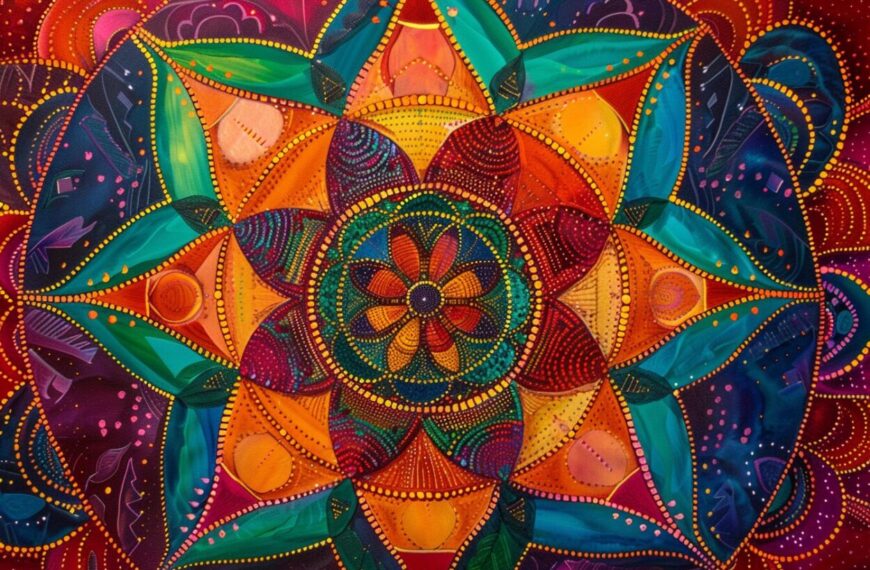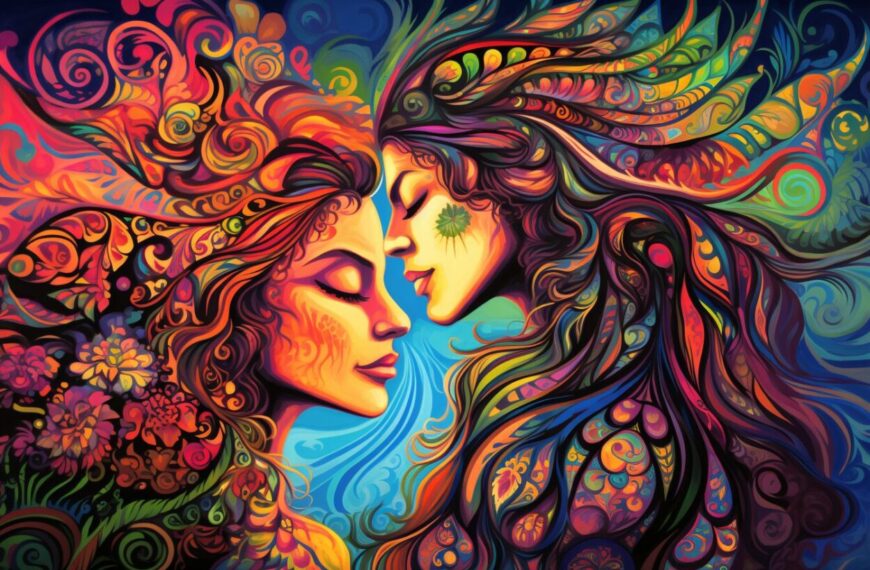Turtle Symbolism Across History: All You Should Know
The turtle is often depicted as a symbol of wisdom and perseverance. Across various cultures and mythologies, the turtle embodies a wide spectrum of traits, representing both stability and progress, patience and resilience. Turtle symbolism includes qualities such as longevity, protection, and a grounded nature, while also embodying the journey, persistence, and the interconnectedness of life.
Let’s explore the turtle symbolism in detail!
The Turtle: Basic Information

Turtles are reptiles of the order Testudines, characterized by a bony shell developed from their ribs. They have existed for over 200 million years, making them one of the oldest reptile groups.
Turtles have 3 anatomical parts:
- Shell: The most distinctive feature of turtles is their shell, which is divided into two parts: the carapace (upper shell) and the plastron (lower shell).
- Limbs: Turtles have four limbs; their structure varies depending on their habitat. Aquatic turtles have webbed feet or flippers, while terrestrial turtles have sturdy, columnar legs.
- Head: Turtles do not have teeth. Instead, they have beaks made of keratin, which are adapted to their diet.
Turtle Symbolism Across Cultures
Across cultures, turtles are known for these characteristics:
- Longevity and Stability
- Creation Myth
- Wisdom and Knowledge
- Protection
- Resilience
- Peace
- Environmentalism
1. Longevity and Stability
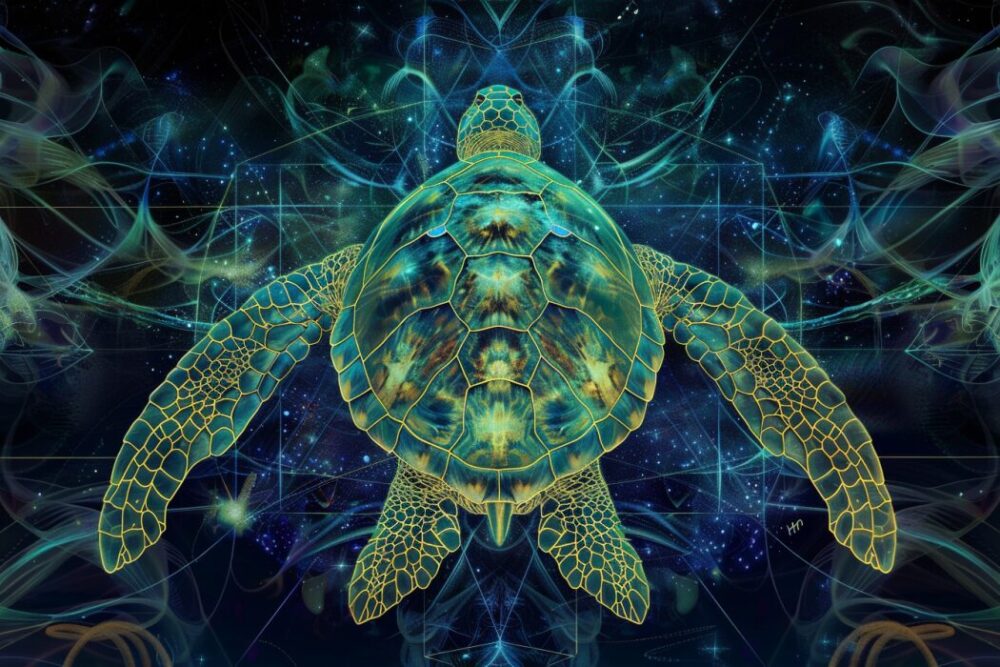
Scientifically speaking, turtles live for very long. A key factor is their slow metabolism, which means their bodies experience less wear and tear over time. This reduces cellular damage, contributing to their extended lifespans.
The turtle’s protective shell also reduces the risk of predation, allowing them to avoid many life-threatening encounters. Their cautious behavior further lowers their chances of danger, enhancing their longevity.
Read More: Top Symbols of Resilience in History
In Chinese cultures, it was said that turtles “live for three hundred years, wandering on lotus leaves, and remain beneath the mugwort for three thousand years”. They are widely regarded as symbols of longevity and fortune-telling. In the imperial palaces and tombs of ancient China, there are stone carvings or bronze tortoises symbolizing the enduring prosperity of the nation.

Furthermore, ancient Chinese people named children after “turtles” with the wish for longevity, such as the Tang Dynasty musician Li Guinian. Chinese idioms such as “longevity of tortoise and crane” exist. Since the Han Dynasty, “tortoise-dragon” has been used to metaphorically describe outstanding individuals, and “tortoise age” to describe old age.
Also in China, during the Tang Dynasty, Emperor Xianzong (806-820) received a turtle with fur as a gift from a provincial official. The emperor was very pleased, viewing it as an extremely auspicious omen. In reality, there is no such thing as a furry turtle; it was simply algae covering the turtle’s shell over an incredibly long period of time, just as the metaphorical phrase in the Śūraṅgama Sūtra: “turtle hair and rabbit horns,” refers to impossible things.
Japan, deeply influenced by Chinese culture, still regards the tortoise as a symbol of longevity to this day. However, over the past few centuries in China, the tortoise has gradually become synonymous with the humiliation a husband faces due to his wife’s infidelity, and some phrases associated with it have negative connotations, such as “coward” or “loser”, referring to the action of retreating into its own shell of the turtle.
Read More: Symbols Of Strength Across Cultures

Urashima Tarō and princess of Horai, by Matsuki Heikichi (1899)
Another mention of the turtle with symbolism for longevity in Japanese folklore is “Urashima Taro“. In the story, a man named Urashima Taro rescues a turtle and is taken to an underwater castle, where the turtle transforms into the princess Otohime. She dances for him and gives him a treasure box, warning him not to open it. After spending a few days in the castle, Urashima Taro returns home, only to find that 100 years have passed in the outside world. Despite the princess’s warning, he opens the treasure box and immediately ages into an old man. This tale, originating from the 8th century, has been told in many versions, but the core narrative remains the same.
2. Creation Myth
The turtle appears in so many creation myths. It is seen as a symbol of balance between the two elements of yin and yang. Its flat belly symbolizes the earth (yin), while its shell represents the sky (yang). The combination of these two elements plays an important role in creating and maintaining life on Earth, while demonstrating the balance and harmony between opposing forces in the universe.
Read More: Symbols Of Harmony in Art and Cultures
The turtle creation myth appears in Hindu mythology, Chinese mythology, as well as some Native American tribe mythologies.
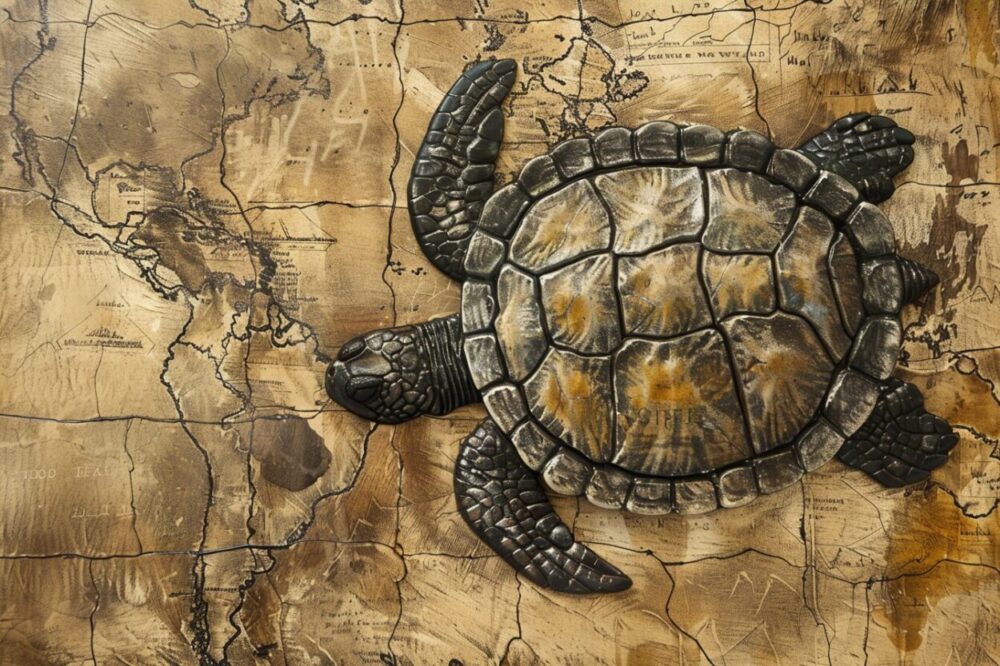
For example, in the Iroquois creation story, Sky Woman fell from the sky and landed on the back of a giant turtle, which then grew into the land, forming the Earth. In some versions of the myth, Sky Woman gave birth to her twin sons after her arrival on Earth. These twins, known as the Good Mind (or Righteousness) and the Evil Mind (or Discord), embodied the eternal struggle between good and evil. Through their actions and teachings, they shaped the destiny of humanity, guiding them towards harmony vs discord. The turtle is an important Iroquois totem, with the clan tracing its descent from a turtle that shed its shell.
Also in the US, according to the Maidu in California, a turtle dove to the bottom of the primeval ocean and brought up a bit of soil under its nails. God used this soil to create a ball that grew until it became the size of the universe. According to the Buriats, a Mongolian ethnic group, in the beginning, there was only water and a turtle. God turned the turtle on its back and built the world on its stomach.
In China, the turtle is one of the Four Supernatural Creatures of Chinese tradition along with the dragon, the qilin (unicorn), and the fenghuang (phoenix). Its concave shell is associated with the celestial vault, and its flat belly with the earth.
Read More: Phoenix Symbolism in Cultures
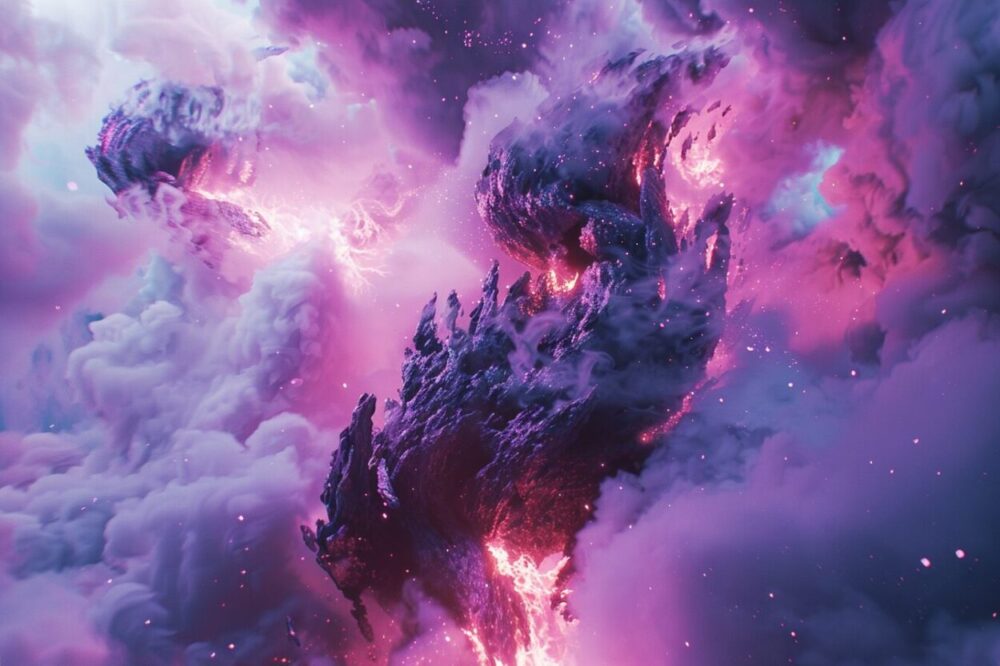
The story of Nüwa is a beloved myth in Chinese culture, symbolizing the origins of humanity and the restoration of order in the universe. According to ancient Chinese mythology, in the beginning, there was chaos. Nüwa, a goddess with the body of a serpent and the head of a woman, emerged from the primordial chaos. She possessed remarkable wisdom, creativity, and compassion.
Nüwa, seeing the world in despair, decided to create humans to fill it. She made them from yellow clay, giving them life with her breath. As humans thrived, disaster struck when the sky’s pillars collapsed, endangering Earth. To save her creation, Nüwa melted five colored stones to patch the sky with colorful clouds. Then, she used the legs of a giant turtle, Ao, as pillars. However, the legs were uneven, causing the sky to tilt slightly.
Despite this imperfection, Nüwa’s efforts restored order by driving away wild beasts, extinguishing fires, and controlling flooding with ashes from burning reeds. With peace regained, Nüwa surveyed her creation proudly. Revered as a symbol of creation, wisdom, and compassion, her story endures as a reminder of resilience and love in Chinese culture.
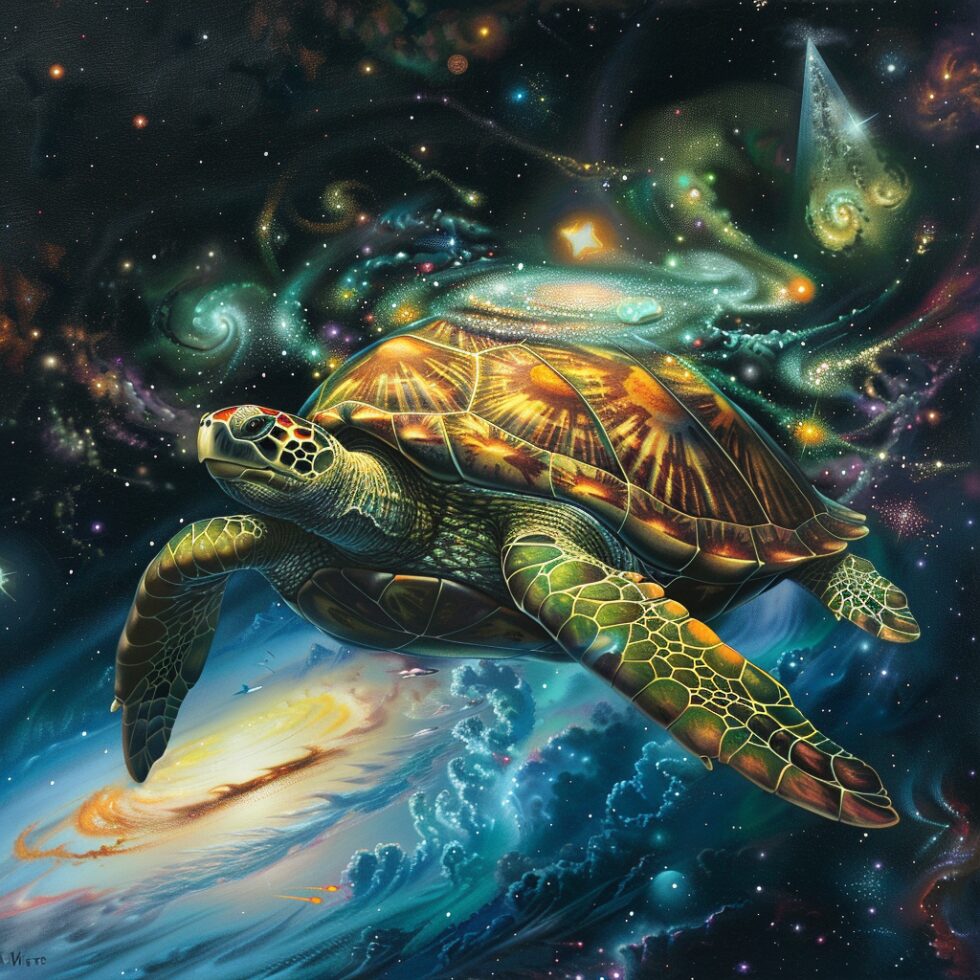
In Hindu mythology, there’s a belief in a cosmic turtle named Kurma. It’s said that during the churning of the cosmic ocean, Kurma supported Mount Mandara on its back, helping to stabilize the world. This symbolizes the idea of balance and support in Hindu cosmology, with the turtle serving as a foundational element of the universe.
–> See how the Serpent also appeared frequently in creation myths
3. Wisdom and Knowledge

Another turtle symbolism is wisdom and knowledge. As animal that lived for hundreds of years, it is believed to be the turtle possesses knowledge that transcends human existence.
Vishnu, one of the principal deities in Hinduism, incarnated as a tortoise to assist the other gods in churning the ocean in pursuit of the nectar of immortality. Numerous Indian paintings depict the tortoise as the central axis for the staff used in this cosmic endeavor. Additionally, Hindu scriptures portray a renowned sage, Kasyapa or Pajapati, who is believed to have taken the form of a tortoise and is considered the progenitor of all human beings.
The turtle is also used as a tool to teach moral lessons in Aesop fables. The story of the tortoise and the hare has been passed down for ages in different versions. In one, the tortoise wins because the hare falls asleep. In another, the tortoise tricks the rabbit with family look-alikes. Similar clever tortoise tales appear in African, North American Indian, and Brazilian stories. For example, in Nigerian Yoruba tales, tortoises are clever heroes but sometimes also greedy creatures. In Brazilian folklore, influenced by African stories, tortoises are also tricky characters. In one tale, a tortoise tricks an eagle but meets a sad end.
Read More: Fox Symbolism in Folklores
Ancient people also use its shell as a method for divination (called carapace oracle), the cracks and fissures in the turtle’s shell caused by heat will indicate future events, foretelling omens, good or bad.
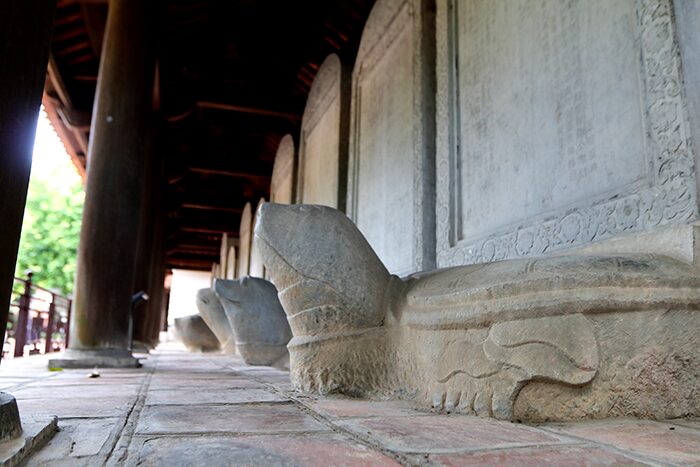
In Vietnam, the turtle was the chosen animal to carry stone stelae for outstanding scholars in the country. Established in 1070 by Emperor Lý Thánh Tông, it is dedicated to Confucius, sages, and scholars. The temple is not only a tribute to Confucianism but also the location of the first university in Vietnam, Quốc Tử Giám, which was founded in 1076. It played a crucial role in educating Vietnamese mandarins, scholars, and intellectuals for over 700 years. The appearance of turtles in the Temple is a powerful symbolism for its wisdom.
In the stories of several African ethnic groups, the tortoise is considered the smartest animal. Ijapa, or Alabahun the tortoise, is a trickster in a series of tales told by the Yoruba people of Nigeria and Benin. He accomplishes heroic deeds or finds himself in trouble. In the folklore of the Igbo people of Nigeria, he is known as “Mbe Nwa Aniga” (“Tortoise son of Aniga”). He is portrayed as slow but clever, always able to manipulate his way out of tricky situations.
4. Protection and Support
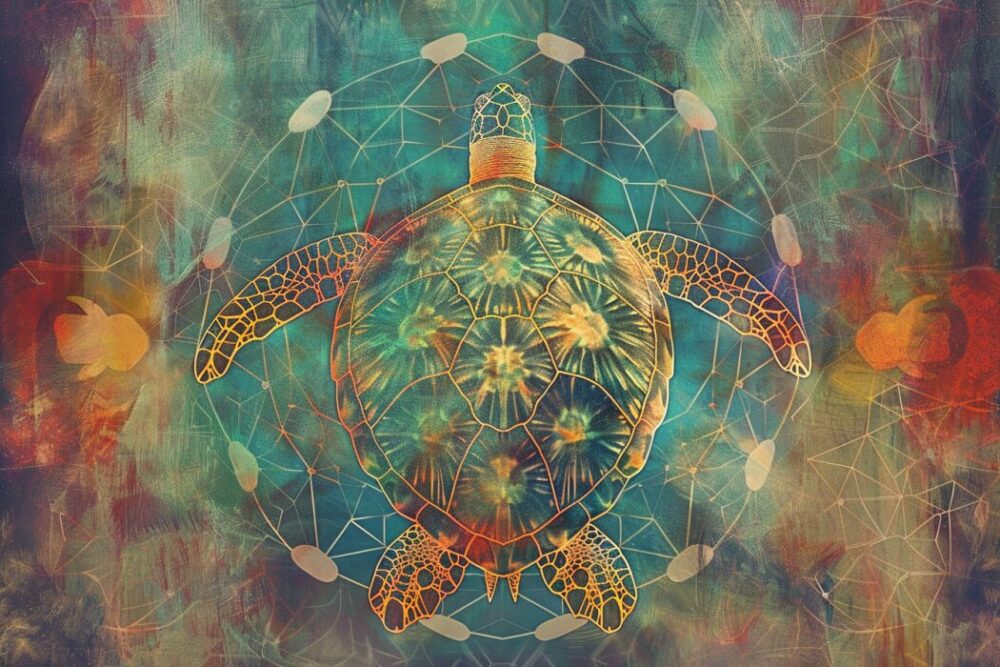
In the graves of Chinese emperors, each pillar is placed on a turtle. According to some legends, a turtle alone supported a sky pillar, which was destroyed by Gong Gong, the lord of giants. Lie Zi, a famous Chinese scholar, said that the fairy islands only stand firm when placed on the back of a turtle.
In India, the turtle is a support for the divine throne; especially it is the incarnation of Kurma of the god Vishnu, forming the support of Mount Mandara, keeping this mountain steadfast for the Devas and Asuras to churn the ocean of milk to recover the elixir of immortality Amrita. It is said that to this day, Kurma turtle continues to support the Indian subcontinent. The Balaman scriptures see Kurma as the creator.
In Mongolian legends, the golden turtle supports the central mountain of the universe. The Kamouk believe that when the heat of the sun will dry and burn everything, the turtle of the world gate will feel the consequences of the heat and turn upside down, causing an apocalypse.
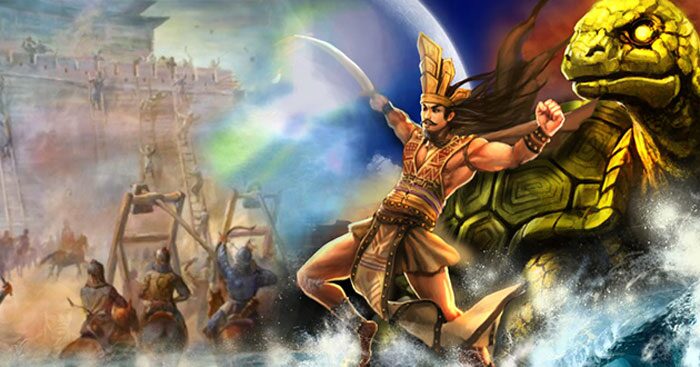
In Vietnam, since the 2nd and 3rd centuries BCE, the Turtle Deity – the messenger of the River Deity, appeared to help King An Duong Vuong build the Co Loa Citadel. The Turtle Deity lent him the divine crossbow – a shot that fired thousands of arrows making it difficult for even the densest enemies to survive. The Turtle Deity not only possesses great divine power, exorcising evil spirits, but is also considered a treasure, a national treasure. The turtle is also a symbol of wealth and abundance.
Another Vietnamese myth regarding the turtle is the Story of the Lake Of The Returned Sword (Hồ Hoàn Kiếm). Le Loi, a legendary Vietnamese hero, led a successful uprising against the Chinese Ming occupation in the 15th century. After the war ended and Vietnam regained its independence, Le Loi became the king. One day, while boating on the lake, a large turtle emerged from the water and asked for the return of the sword. Recognizing the turtle as the deity who had helped him, Le Loi realized that his mission was complete. He returned the sword to the turtle, thanking it for its divine assistance in liberating Vietnam.
As Le Loi handed back the sword, the turtle took it and disappeared beneath the waves, symbolizing the return of peace and harmony to the land. The lake was then renamed Hoan Kiem Lake in honor of this legendary encounter, and the story of Le Loi returning the sword to the turtle deity remains an enduring symbol of Vietnamese independence and resilience.
5. Fear
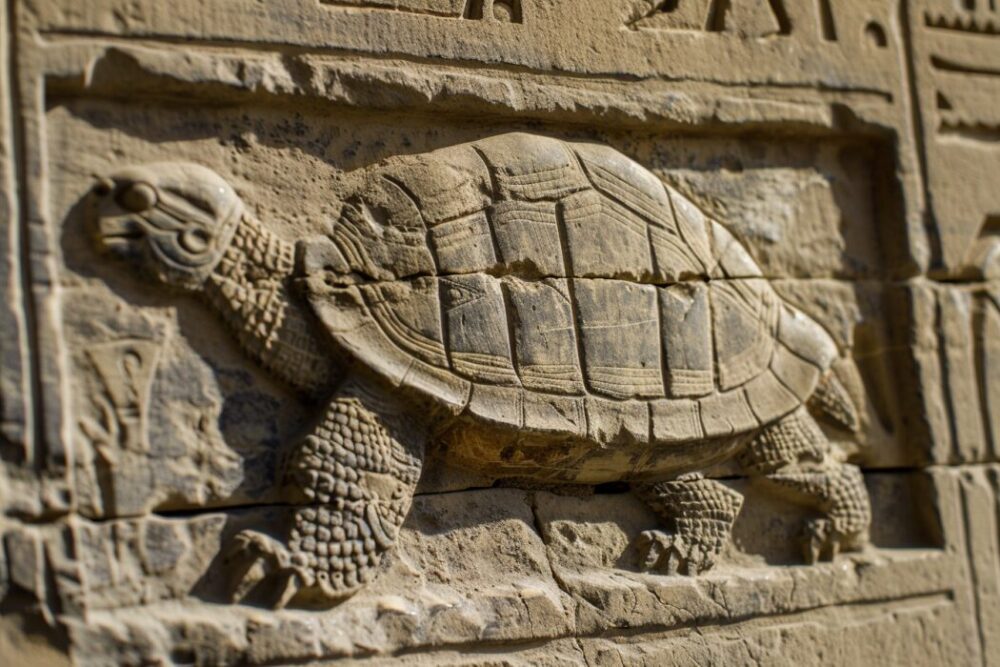
Interestingly, in Egyptian, the turtle symbolism was much less positive.
In ancient Egypt, turtles were revered for their mysterious ability to submerge themselves underwater. They were considered powerful creatures and their images were often used for protection against evil.
Egyptian magicians commonly adorned their wooden and bronze rods, often referred to as “magic wands” today, with images of turtles. These rods were used in magic rites, held in the left hand of priests or magicians.
In Greek mythology, the legendary hero Theseus encountered a scary turtle during his mythical adventures. Best known for slaying the Minotaur in the labyrinth of King Minos, Theseus also faced challenges from local rulers like the bandit Sciron.
Sciron would force travelers to kneel before him and wash his feet, only to kick them into the sea where they would be devoured by a monstrous turtle lurking below. Theseus eventually defeated Sciron, sending him to meet the same fate in the sea alongside the giant turtle. This epic battle is depicted in various ancient Greek artworks, capturing the moment of Sciron’s downfall from the cliffs into the waiting jaws of the hungry turtle.
6. Environmentalism
In modern times, turtles are often used as symbols for environmentalist activity. Turtles are particularly vulnerable to pollution, climate change, and habitat destruction. Sharp plastic can tear their insides, and bags can block their intestines, leading to starvation. Even if they survive, plastic can make turtles float unnaturally, stunting their growth and slowing down reproduction.
Turtles face pollution at all stages of life—from eggs to adults. Harmful pollutants include toxic metals, petroleum products, fertilizers, and untreated waste. Pollution also damages sea turtle habitats. These habitats often overlap with areas affected by offshore oil drilling. Oil spills, intentional discharges, and runoff from land can pollute the water. Oil concentrates in areas where young turtles develop and washes up on beaches, harming nests and hatchlings.

Images of turtles tangled in plastic waste have sparked public support and led to important policy changes in many countries. These pictures, shared widely on social media and in documentaries, show the harmful effects of pollution on marine life.
Turtles are vital to ecosystems, helping to keep seagrass beds healthy and control jellyfish populations. Their role highlights the connection between all species and the need for comprehensive conservation efforts. Protecting turtle nesting sites, cleaning beaches, and reducing accidental catches in fishing have become key examples of broader environmental protection efforts.
Learn More: Wind Symbolism Across History



